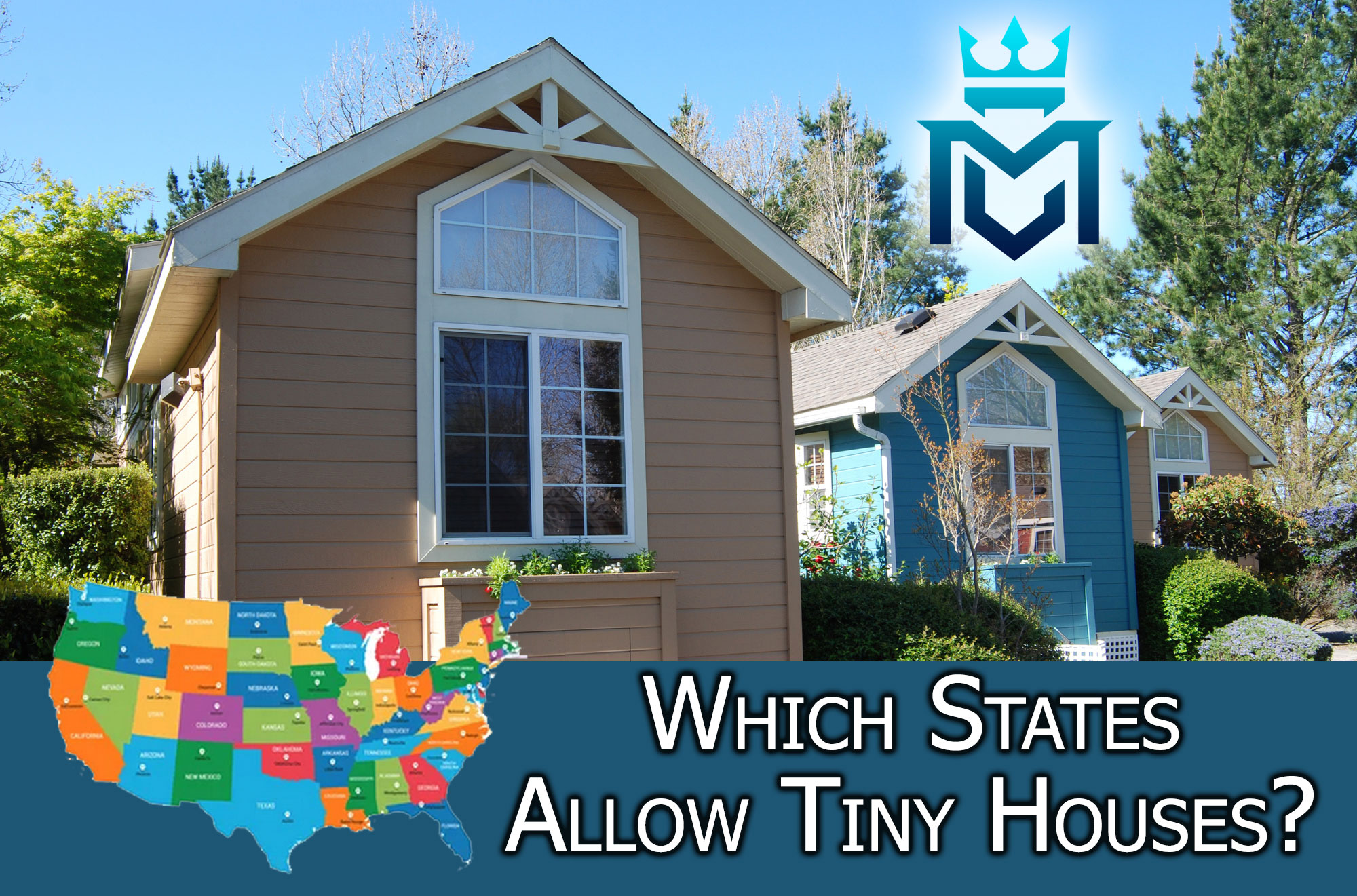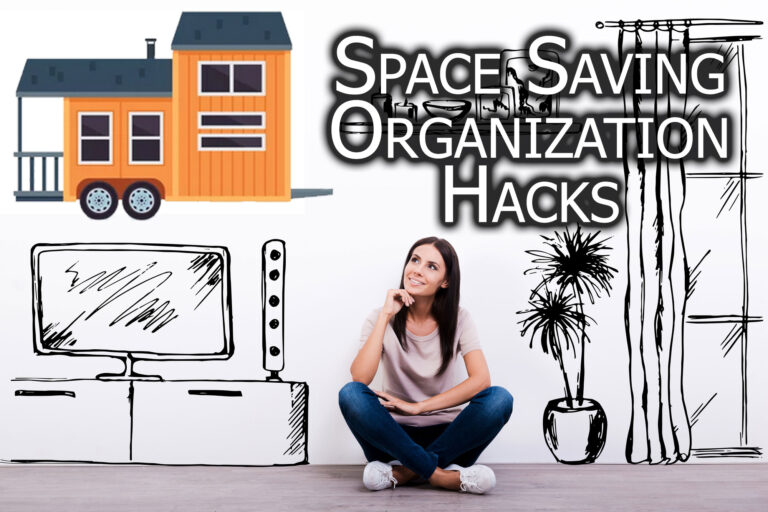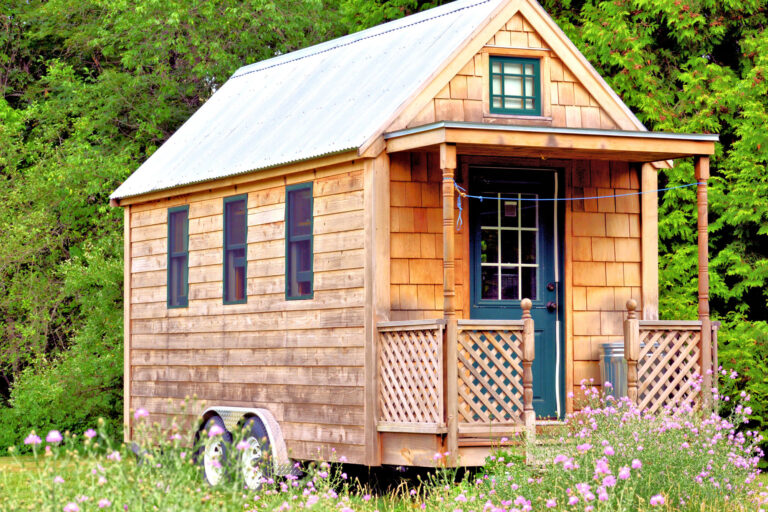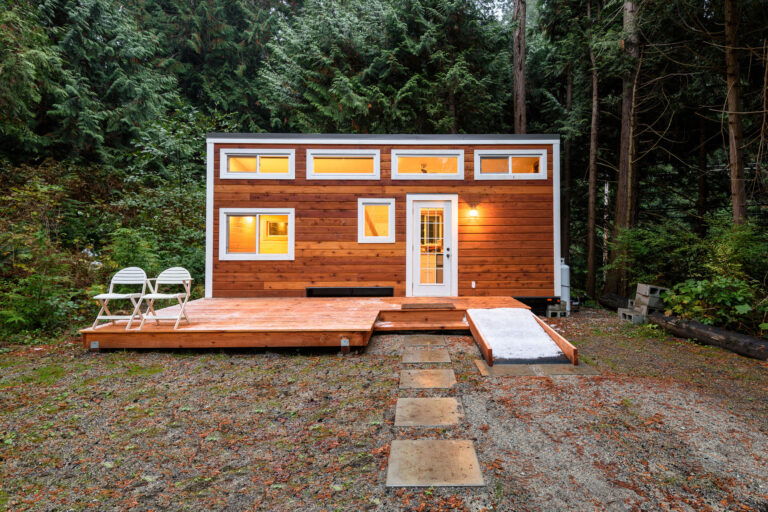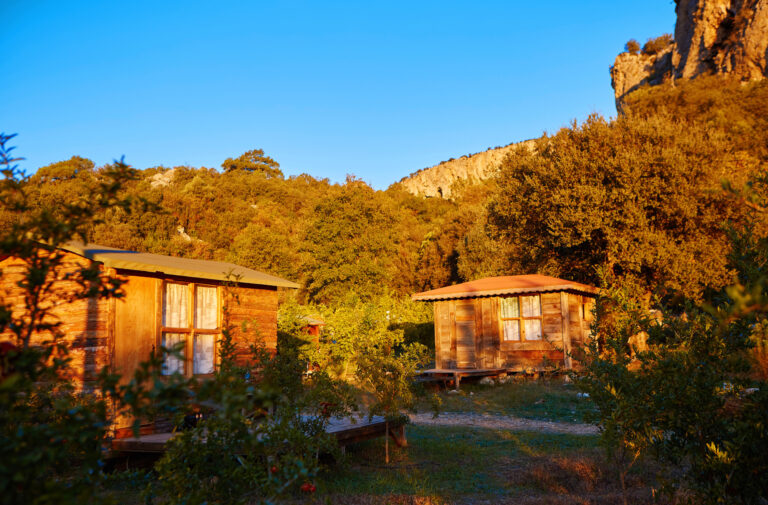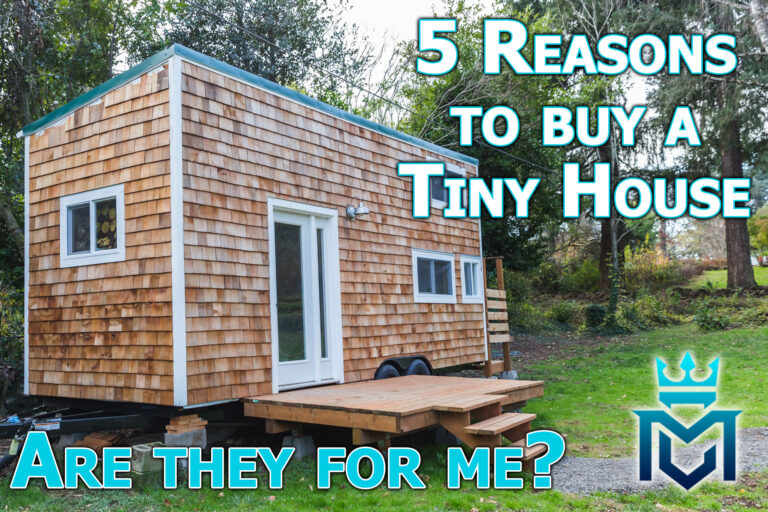Tiny House Listings: Which States Allow Tiny Houses?
The tiny home trend was thought to be coming and going, but that is far from the truth. There are still so many people interested in owning or building their own tiny home; you might be one of them.
Before you get excited about learning about owning your own tiny home, it is essential to know that they aren’t allowed everywhere. You heard that right; tiny houses are only available in certain states.
No need to fret though, we have compiled a list of places where you can find tiny house listings or where you can build. This article will go over the best locations to build and who you can contact to start the building process today!
What Is a Tiny House?
By definition, tiny houses are buildings that average around or under four hundred square feet. They were created with the intention to save on money, space and to be able to travel wherever you wanted.
Some people haul their tiny homes on the back of their vehicles to bring wherever they travel. Tiny homes are excellent alternative living spaces, and they usually are equipped with sustainable energy to keep you going.
What States Allow Tiny House Listings?
Certain states do not allow for tiny homes to be built because of ordinances set in those states. Tiny homes are accessory dwellings, meaning they are additional living quarters separate from the primary dwelling unit.
A primary dwelling unit would be considered a single-family home that you usually see listed for sale. The tiny house community can also be seen as a nuisance or safety hazard for states that do not allow these homes to be built.
The ten most popular states for tiny homes are:
- Texas
- Florida
- California
- Oregon
- Washington
- Utah
- New York
- North Carolina
- Colorado
- Arizona
The top five states are California, Oregon, Texas, North Carolina, and Florida. These five states are at the top of the list because the cities in these states accept tiny home communities.
They also already have established permitting and zoning opportunities for you to build. These states are also more eco-friendly.
The states that do not allow tiny homes do not openly forbid them to be built; they just have specific building requirements that a tiny house does not meet. For example, in states like Wisconsin or Alaska, there are requirements for homes to have an emergency exit.
They also require homes to meet a minimum ceiling height. Another downside to building in states that do not openly accept tiny houses is that even if you own the land, you cannot build the tiny home. There are zoning regulations that will bar you from even trying to build.
How to Build a Tiny House
If you live in a state that openly welcomes tiny homes and you are ready to build, you will need to reach out to a builder who specializes in building tiny homes. Once you locate a community that allows tiny homes within the state, you will want to figure out a tiny house floor plan.
Other factors you will want to consider are:
- What significant features do you need?
- Determine if you are suitable for a tiny home
- What is your budget?
You may also want to speak with other people familiar with what it looks like inside tiny houses. They will be able to tell you what to expect when living inside the tiny home.
Tiny House Prices
Prices for a modern tiny house can vary based on what you want inside your home. The fees can also vary by your builder. On average, tiny house prices can cost anywhere between $65,000 to $170,000.
It is also important to remember that the prices can vary based on the type of material used to build your tiny house. Labor is also another varying factor that can either increase or decrease the overall price to build.
Tiny Home Lending
Because tiny homes aren’t seen as traditional housing, there are no loans set for them. Most banks would consider your tiny home a vehicle, so it would not qualify for a mortgage loan. It would be best to reach out to your bank to see what loans you could be eligible for.
Most likely, your bank will allow you to take out a personal loan that would cover the payment of your tiny home. If you would like, you could also reach out to your mortgage lender to see if you could pull out a second mortgage. Some remote workers build tiny homes in their backyard to use as their work office.
If you cannot secure a loan from your bank or your mortgage lender, you can also look into independent brokers. Some independent brokers are willing to loan you money to build a tiny home. Of course, make sure to do an adequate amount of research before settling on a lender.
Build Your Tiny Home Today
Owning your very own tiny home can be an exciting and economical experience. Not only will you be able to downsize and save, but you will also be able to help the environment with your tiny house listings.
Living in tiny homes isn’t for everyone, but contact us if you are ready for the challenge and ready to own a tiny house! We believe in making the tiny home-building process easy and fun. We are available to answer any of your questions or concerns about building your dream tiny home today!

